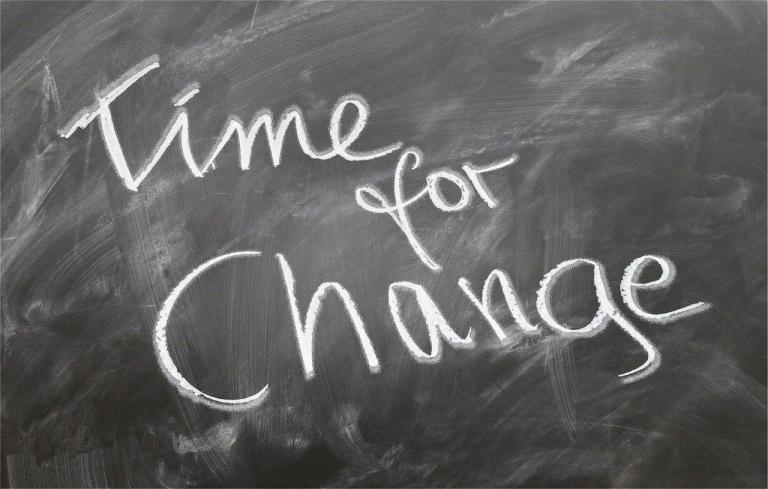It should be no surprise that when we instituted recreational and legal marijuana, cannabis use and the addiction to cannabis (Cannabis Use Disorder) have increased. This increase has been especially prevalent in people with chronic pain.
Chronic pain affects approximately 1 in every 5 Americans. People are desperate to find relief. The good news is that opioid use for chronic pain has decreased from 15.2% (2019) to 13.5% (2020) according to the National Health Interview Survey. The group that continues to use opioids are older adults who have insurance and more severe pain. However, the use of cannabis for chronic pain continues to rise.
Medicinal cannabis is not an FDA-approved medication for chronic pain and can only be recommended by a prescriber, not prescribed. This means that a dispensary is deciding your cannabis delivery. And there are more concerns.
Cannabis is a Schedule 1 drug, meaning it has a high potential for abuse. In addition, it can induce anxiety, panic, disorientation, impaired attention, memory problems, and create driving impairment. Furthermore, if you have a psychiatric illness such as schizophrenia, it can make the condition worse. And using cannabis may create a cannabis-induced psychosis that leads to schizophrenia or bipolar disorder. The properties of the drug can interact with other medications.
When cannabis has been evaluated against other non-opioid analgesics for acute pain, it is not as effective. And when cannabis is used to treat visceral pain for cancer patients, it was no more effective than placebo. Additionally, most of the studies that look at the benefit of medical cannabis to treat chronic pain have small sample sizes. So, more research continues to be conducted as is needed to inform best practices.
There are also studies to support the idea that positive media attention likely contributes to expectations that cannabis will help pain. According to cannabis researcher, Jason Busse, associate director of McMaster University’s Michael G. DeGroote Centre for Medicinal Cannabis Research in Ontario, “When we look at the overall evidence for therapeutic cannabis products, the benefits are quite modest.” His conclusion? Cannabis may work for a minority of people, but not the majority.
We do know that many non-pharmacological treatments for chronic pain are helpful, however, use of them has not increased. Instead of these proven strategies, people turn to cannabis use. Exercise is the most used and is effective for chronic pain. There are also a number of complementary treatments like massage, meditation or guided imagery that work.
I reviewed non-pharmacological treatments in my book, Living beyond Pain, in order to provide choices for treatment. They are not as easy to do as taking a pill or smoking a joint. However, they don’t cost much, have fewer side effects or in some cases, no side effects, and don’t place you at risk for addiction. Overtime, implementing non-pharmacological treatments can change your relationship with chronic pain and improve your quality of life.
Source: Bains S, Mukhdomi T. Medicinal Cannabis for Treatment of Chronic Pain. [Updated 2022 Dec 12]. In: StatPearls [Internet]. Treasure Island (FL): StatPearls Publishing; 2023 Jan-. Available from: https://www.ncbi.nlm.nih.gov/books/NBK574562/



